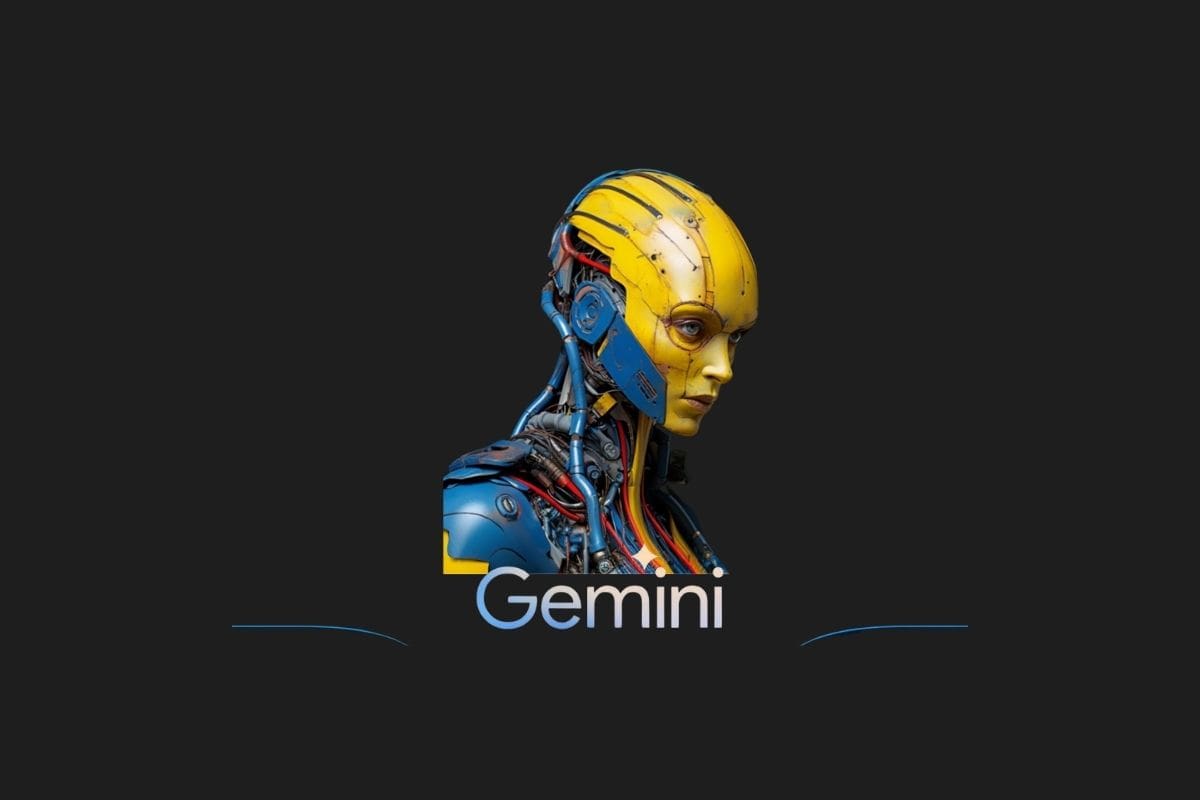Recently, Google rebranded its AI chatbot Bard as Gemini and launched its most powerful language model, Gemini Advanced. So, what was the reason behind this significant step?
When Google changed the names of its tools, many people wondered about the reason behind this change. Naturally, there was a strategic rationale for renaming Bard to Gemini. So, what was this strategy?
As Google’s AI ambitions expanded, they simplified their identity.

Bard didn’t just represent a single model, but a set of AI tools that powered a variety of Google products. Bringing these tools together under the name “Gemini” allows Google to create a single recognizable brand for its major language models, similar to how Tensor stands for Google’s AI chips.
While the name Bard evokes a literary and historical theme; Gemini has a broader appeal.
The change reflects Google’s commitment to making AI technology accessible to a wider audience. A simpler and more universal name avoids cultural or linguistic barriers, allowing anyone to easily interact with these innovations. Beyond just being a brand, the name Gemini symbolizes the dual nature of the model, highlighting its ability to be both creative and informative.
While the name Bard initially served well, it may not have scaled sufficiently with Google’s evolving vision.
Gemini is associated with harmony, indicating the model’s capacity to acquire new capabilities in the future and its alignment with Google’s long-term AI roadmap. As you can see, the transition from Bard to Gemini is not just a name change. It underscores that Google is comprehensive, accessible, and compliant.
You may also like this content
- Meta Building World’s Fastest AI Supercomputer for Metaverse
- Artificial Intelligence Will Make Decisions Instead Of People
- Bill Gates: Artificial Intelligence Over Web3 and Metaverse

